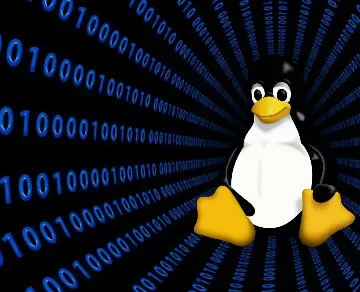Database defined
A database is an organized collection of structured information, or data, typically stored electronically in a computer system. It is usually controlled by a database management system (DBMS). Together, the data and the DBMS, along with the applications that are associated with them, are referred to as a database system, often shortened to just database.
What is Structured Query Language (SQL)?
SQL is a programming language used by nearly all relational databases to query, manipulate, and define data, and to provide access control. SQL was first developed at IBM in the 1970s with Oracle as a major contributor, which led to implementation of the SQL ANSI standard, SQL has spurred many extensions from companies such as IBM, Oracle, and Microsoft. Although SQL is still widely used today, new programming languages are beginning to appear.

Evolution of the database
Databases have evolved dramatically since their inception in the early 1960s. Navigational databases such as the hierarchical database (which relied on a tree-like model and allowed only a one-to-many relationship), and the network database (a more flexible model that allowed multiple relationships), were the original systems use to store and manipulate data. Although simple, these early systems were inflexible. In the 1980s, relational databases became popular, followed by object-oriented databases in the 1990s. More recently, NoSQL databases came about as a response to the growth of the internet and the need for faster speed and processing of unstructured data. Today, cloud databases and self-driving databases are breaking new ground when it comes to how data is collected, stored, managed, and utilized.
Types of databases
There are many different types of databases. The best database for a specific organization depends on how the organization intends to use the data.
Relational databases
Relational databases became dominant in the 1980s. Items in a relational database organize a set of tables with columns and rows. Relational database technology provides the most efficient and flexible way to access structured information.
Object-oriented databases
Information in an object-oriented represent in the form of objects, as in object-oriented programming.
Distributed databases
It consists of two or more files located in different sites. It may store on multiple computers, located in the same physical location, or scattered over different networks.
Data warehouses
A central repository for data, a data warehouse is a type of database specifically designe for fast query and analysis.
NoSQL databases
A NoSQL, or nonrelational one, allows unstructured and semistructured data to store and manipulate (in contrast to a relational one, which defines how all data insert into it must be composed). NoSQL databases grew popular as web applications became more common and more complex.
Open source databases
An open source system is one whose source code is open source; such databases could be SQL or NoSQL databases.
Cloud databases
It is a collection of data, either structured or unstructured, that resides on a private, public, or hybrid cloud computing platform. There are two types of cloud database models: traditional and database as a service (DBaaS). With DBaaS, administrative tasks and maintenance are perform by a service provider.
Multimodel databases
Multimodel databases combine different types of database models into a single, integrated back end. This means they can accommodate various data types.
Document/JSON databases
Designed for storing, retrieving, and managing document-oriented information, document databases are a modern way to store data in JSON format rather than rows and columns.
Self-driving databases
The newest and most groundbreaking type of database, self-driving databases (also known as autonomous databases) are cloud-base and use machine learning to automate tuning, security, backups, updates, and other routine management tasks traditionally performed by database administrators.
What is database software?
We use database software to create, edit, and maintain its files and records, enabling easier file and record creation, data entry, data editing, updating, and reporting. The software also handles data storage, backup and reporting, multi-access control, and security. Strong its security is especially important today, as data theft becomes more frequent. Its software is sometimes also refer to as a “database management system” (DBMS).
Database software makes data management simpler by enabling users to store data in a structured form and then access it. It typically has a graphical interface to help create and manage the data and, in some cases, users can construct their own databases by using database software.
What is a MySQL database?
MySQL is an open source relational database management system based on SQL. It designed and optimized for web applications and can run on any platform. As new and different requirements emerged with the internet, MySQL became the platform of choice for web developers and web-based applications. Because it designed to process millions of queries and thousands of transactions, MySQL is a popular choice for ecommerce businesses that need to manage multiple money transfers. On-demand flexibility is the primary feature of MySQL.
MySQL is the DBMS behind some of the top websites and web-based applications in the world, including Airbnb, Uber, LinkedIn, Facebook, Twitter, and YouTube.
Back to Home.



No comment